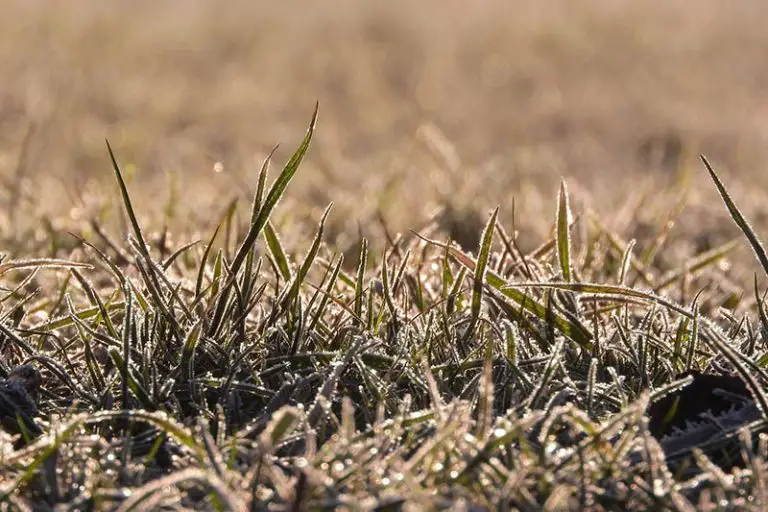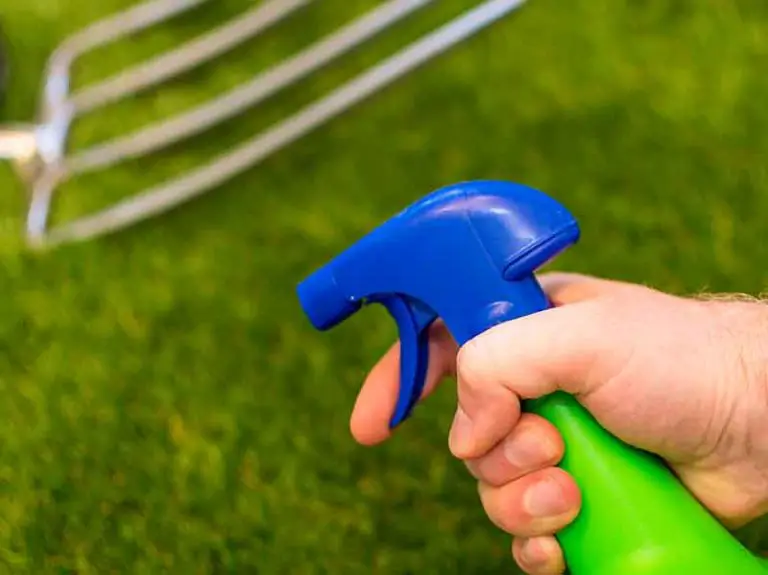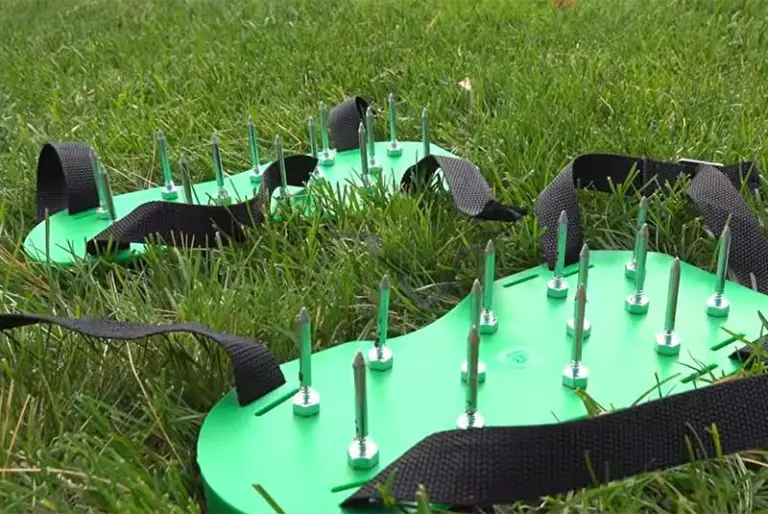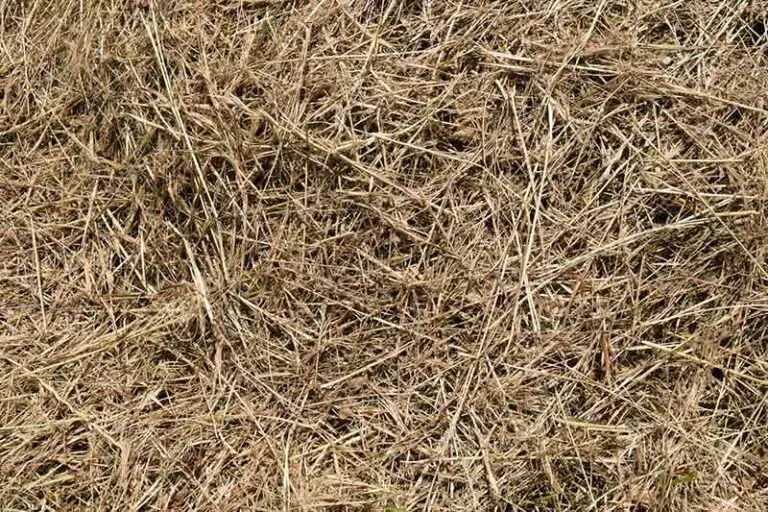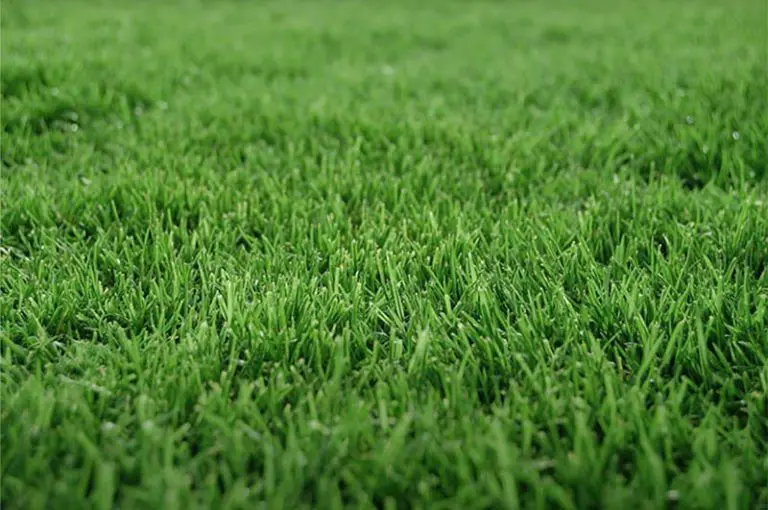Planting Grass Plugs for a Lush Lawn
There are a few different routes you can take towards getting a thick, green lawn. Aside from sod and seed, grass plugs are one such method of planting new grass. These plugs offer an alternative method of planting new grass when sodding and seeding aren’t suitable for your particular situation.
Grass plugs are similar to sod, being small segments of soil and already-mature grass. You can plant grass plugs to fix areas of an existing lawn or create a new lawn from scratch. Grass plugs are also a great way to test out how a certain grass species will perform in your lawn without the full commitment of sodding or seeding.
What Are Grass Plugs?
Grass plugs are individual chunks of sod made up of the grass plants, their roots, and soil. Grown in trays, grass plugs come in varying sizes, typically being 1.5 to 3 inches in length and width. They are ready-to-plant and can be used to create an entirely new lawn or to fill small sections of an existing lawn. There are grass plugs available for both warm-season and cool-season grasses.
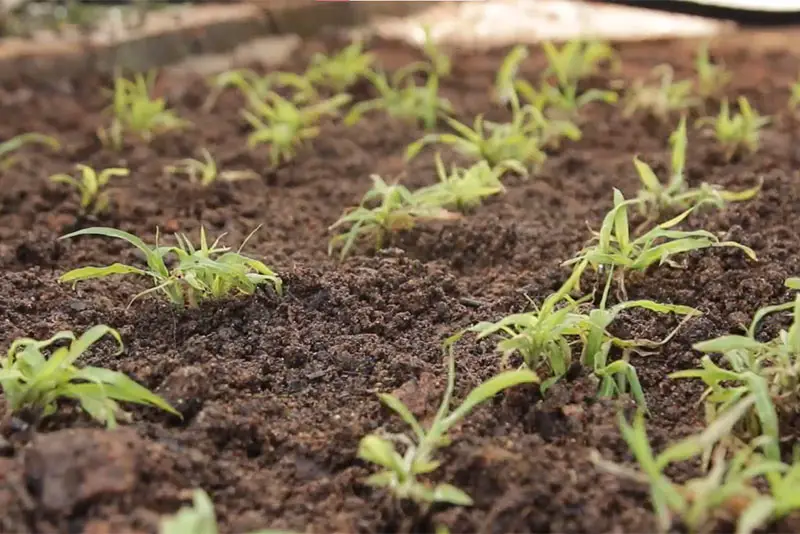
What Are Grass Plugs Used For?
Grass plugs are primarily used for two main purposes; either to repair areas of damage on an existing lawn, or to create a new lawn as an alternative to sod or seed. Additionally, you can use grass plugs to test how a certain species of grass will perform in your yard.
Repairing Areas of Damage on an Existing Lawn
If your lawn has small areas of damage, grass plugs are an ideal solution to repair the damaged turf.
However, before you can use grass plugs in this way, you need to first identify what caused the damage in the first place. Yellow or brown patches of grass can be caused by a variety of issues, such as fungal lawn disease, pest infestations, dog urine, and foot traffic. Once you have identified and treated the cause of the damage, you can use grass plugs to repair the affected areas to restore your lawn back to its full health.
Creating a New Lawn Instead of Using Sod or Seed
If you want to create a new lawn without sod or seed, grass plugs are a great alternative to these planting methods.
Depending on your situation, sodding or seeding may not be a viable option to getting a new lawn. For instance, you may not be able to transport pallets of sod to the planting site, or maybe the grass type you want isn’t available as sod or seed. If for whatever reason, sodding and seeding are not suitable for your situation, grass plugs offer an effective alternative from which you can create a new lawn.
Testing Suitability of a Grass Species
If you want to test the suitability of a certain grass species before planting it on your entire lawn, you can also use grass plugs for this purpose.
Buying a small tray of grass plugs will enable you to test out a new grass type in your lawn without the full commitment of seeding or sodding. You may want to test how a certain grass type performs in particular conditions in the planting area. For instance, you could plant plugs in areas of shade, full sun, or those which receive more rainfall than others to see how the grass would cope in these conditions. This will save you the money that you may otherwise waste on fully seeding or sodding with a grass type that doesn’t perform well in certain parts of your lawn.
Grass Plugs vs Sod and Seed
When deciding which route to take towards a new lawn, you may be wondering which option would be best for you. Grass plugs are one such option, along with the more common practices of sodding and seeding. You need to consider a few different factors to pick the best method which will allow you to achieve a thick, new lawn within your budget and timescale.
Budget
One of the biggest determining factors when choosing between sod, seed, and grass plugs is the budget for your project. If you’re planting an entirely new lawn, sod will be the more costly option. Grass seed and plugs are cheaper, with prices ranging depending on the type of grass you’re planting.
Amount of Grass
Another important factor to consider is the size of the area on which you’re planting the new grass. If you’re only replacing small patches of grass in your lawn, plugs and seeding are the better options as they’re the cheaper and less laborious methods of planting new grass. If you’re planting an entirely new lawn, sod, seed, and plugs are all viable options; your choice will depend on the other factors we explain in this section.
Type of Grass
You’ll need to consider the type of grass that you’re planting when weighing up your options. Grass species fall into one of two categories, being either cool-season or warm-season grasses. Typically, cool-season grasses are best suited for seeding, while warm-season grasses are better when planted as sod or grass plugs. If you’re unsure which type of grass you should plant, take note of where you live in the US; cool-season grasses are typically grown in the north of the US, while warm-season grasses are found in the south.
Labor Involved
The labor involved in the processes of seeding, sodding, or planting grass plug greatly varies. This is an important aspect to consider depending on whether you’re carrying out the process yourself or if you want to pay someone else to do it for you. If you want to carry out the process yourself, the least labor-intensive option is seeding; all it requires is an appropriate tool such as a drop spreader or broadcast spreader and a few hours of your time. Laying sod and planting grass plugs is more labor intensive and requires a bit more skill to carry out in order for the process to be successful.
Timing of Installation
As each method of planting requires different conditions for the grass to become established, the best time to carry out each method varies. This is also dependent on the type of grass you’re planting and the climatic conditions of your area. You can essentially lay sod any time of the year, only with the exception of when the ground is frozen. The same goes for planting grass plugs. Seeding has more specific requirements, as you must plant the new grass during its period of most active growth. With that said, all methods of planting will be most effective if carried out during the grass’ active growth period; for cool-season grasses, this is in the spring and fall, and for warm-season grasses, this is throughout the spring to summer.
Time it Takes for Grass to Establish
Each method of planting will grant you your new grass in varying timescales. If you want the look of a brand new lawn immediately, sod is the best choice as the grass comes already-mature. It will then take about 30 days for your sod to become fully established and tolerant to traffic, at which point the sod lines will disappear. Grass plugs, on the other hand, take about a year to grow in fully. A newly seeded lawn will take about 1 month to germinate and become established. All of these timings ultimately depend on the weather conditions and your aftercare in the weeks following installation.
How Long Do Grass Plugs Take to Spread?
It typically takes about 1 to 2 weeks for grass plugs to begin spreading. Your grass plugs take this long to establish roots in the soil, after which they will begin to spread beyond where they were originally planted. This is dependent on you keeping up with a proper watering schedule in the weeks following planting; providing you water the plugs daily, it should only take a maximum of 2 weeks before they’re fully established in the soil.
When Should You Plant Grass Plugs?
You should plant grass plugs in the period of most active growth for the grass type that the plugs contain. For warm-season grasses, this means planting the grass plugs in the late spring to early summer. For cool-season grasses, it’s best to instead plant grass plugs in the fall.
The earlier in the growing season that you plant them, the faster the grass plugs will spread and fill in your lawn. If planting in the fall, ensure that there are at least two months prior to the first frost to allow the plugs to establish themselves before the cold weather.
How to Plant Grass Plugs
Follow these steps to successfully plant grass plugs on your lawn.
1. Purchase Your Grass Plugs
Purchase fresh grass plugs containing your grass of choice. Grass plugs are available for purchase from most garden centers or plant nurseries. It’s best to plant the grass plugs as soon as possible after purchasing them, ideally on the same day. If you need to wait a few days before planting, water the plugs daily to prevent them from drying out and dying. You should purchase roughly 1 plug per square foot of soil.
2. Till Soil in Planting Area
Use a shovel or hoe to hand-till the soil in the planting area for each plug to a depth of about 4 to 8 inches. This step is necessary to break up the soil in the planting area, allowing the better circulation of water, nutrients, and air around the grass plugs’ roots.
3. Water Planting Area
After tilling the soil, water the planting area with a hose or watering can. Add enough water so that the soil is damp without being over-saturated. This will help to further loosen the soil and improve the planting conditions in the area for the grass plugs. At this stage, you could also dip the grass plugs in water; this will help the plugs’ roots to adapt to the soil more easily.
4. Place Grass Plugs on Ground
Place each of your grass plugs in the planting area above where you plan to plant them. It’s beneficial to do this before planting as it allows you to properly space the plugs before digging the holes; this will also reveal if you need to purchase any more plugs to cover the planting area. Leave about 6 to 12 inches of space between each plug; placing them any closer than this will cause overcrowding of the grass’ root systems.
5. Dig Holes for Grass Plugs
Measure the root ball of the grass plugs or estimate their approximate size by eye. Then, use a shovel to dig holes for each plug measuring the same depth and width of their root ball. Make sure not to dig the holes deeper than the root ball, as this could bury the tops of the plugs once planted.
6. Place Starter Fertilizer in Holes
Place a starter fertilizer into the bottom of the holes you’ve just dug, adding as much fertilizer as the instructions on the packaging state for the size of the holes. Starter fertilizer contains nutrients in the ideal balance to promote the healthy development of the grass plugs’ roots.
7. Plant Grass Plugs in Holes
Begin planting each grass plug into the holes you’ve dug for them. Lower the plug into the hole, adjusting it so the top of the plug remains upright. Fill in the rest of the hole with soil, making sure the entire root ball is covered; any exposed parts of the root ball will dry out if left uncovered. Also, take care not to cover the top of the grass plug with soil; this will leave the grass more susceptible to the development of fungal disease.
8. Water Grass Plugs
After planting the last of your grass plugs, use a hose or watering can to water the area. Again, water enough to moisten the soil without making it waterlogged or sodden. Overwatering the plugs at this point may drown the roots and cause the grass to die.
What to Do After Planting Grass Plugs
After planting your grass plugs, you’ll need to keep up with the necessary aftercare to encourage their healthy establishment over the following weeks.
1. Water Grass Plugs Daily
For 2 to 3 weeks after planting, water the grass plugs daily, doing so in the early morning. Add enough water to keep the top few inches of soil in the planting area moist without being sodden. Daily watering will promote the healthy development of the grass plugs’ root systems. After about 3 weeks, you can reduce your watering sessions to every other day.
2. Remove Weeds From Soil in Planting Area as Necessary
In the weeks following planting, monitor the planting area for weed growth, removing weeds as soon as you spot them. It’s best to hand pull the weeds as chemical herbicides can damage the plugs while they’re still establishing themselves. It’s crucial to keep up with your weed control over these early weeks; invasive weeds can steal precious water and nutrients from your grass plugs, hindering their development.
3. Fertilize Plugs Once Per Month
After the initial application of a starter fertilizer, continue to fertilize the plugs once per month using a fertilizer for mature grass. Spray the fertilizer in the soil surrounding the grass plugs, applying as much as the packing recommends. The best type of fertilizer to use at this point is a high-nitrogen and ideally organic fertilizer.
4. Wait At Least One Month Before Mowing
Wait at least one month before mowing the plugs for the first time. If you planted them on an existing lawn, you can mow the rest of the grass as usual, avoiding the new plugs. Mowing the plugs too soon can damage their root systems and may even kill them off. However, it will be safe to mow them after a month once they become fully established.

